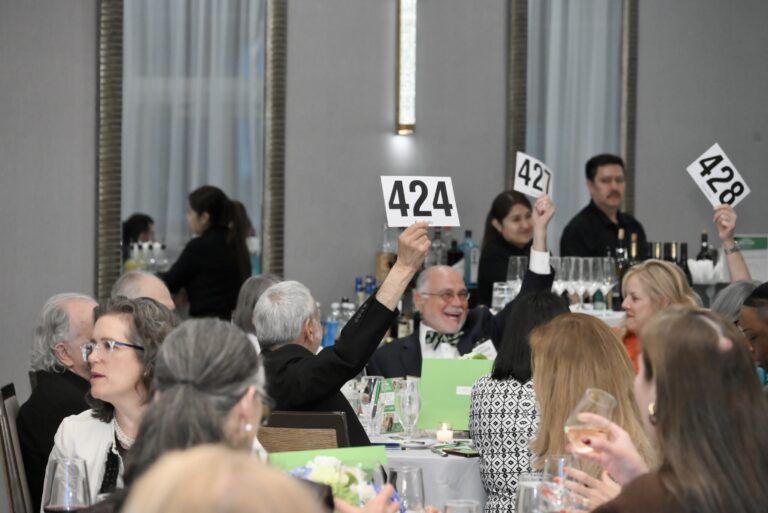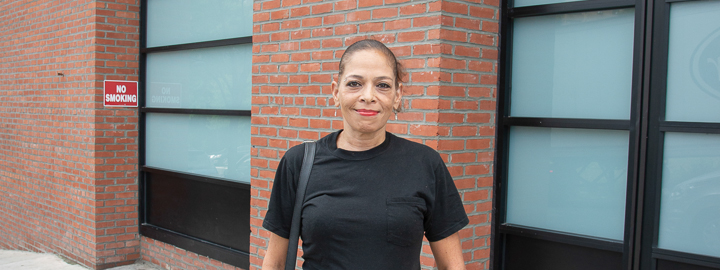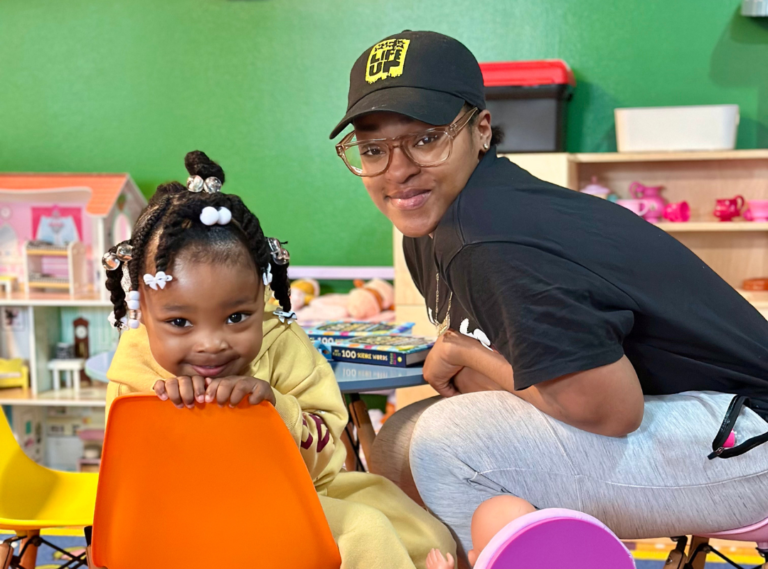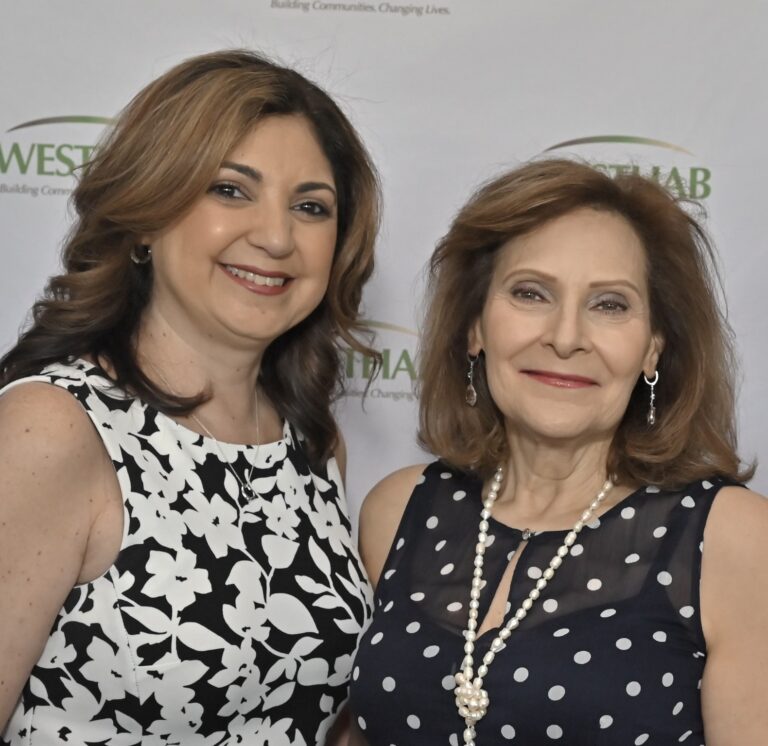
Seeing the Good

The communities and people that Westhab serves often get a lot of negative labels: distressed, at-risk, high-need. The outward signs of poverty can be evident and do represent very real challenges. But that isn’t the whole picture. All communities have strengths and weaknesses. In poor communities, we choose to focus our lenses on the negative.
I grew up in what is now politically correct to call a “community of opportunity” as opposed to a “community of need.” The lense here typically gets focused on nice houses, manicured lawns, and the occasional jogger in the latest sweat-wicking apparel. But I knew families battling addiction. I knew kids who saw very little of their parents and were raised by the nanny. The community strengths were evident but the weaknesses, often caused by opulence or a sense of entitlement, are a real part of the story too. Resources allowed for privacy, and issues could be handled behind closed doors, never to be seen by the outside world.
When I started interning at Westhab as a college student over 15 years ago, I received a crash course in a community very different than the one I grew up in. I saw poverty. And I came to understand the hardship of everyday life. But I also saw so much strength and courage and beauty that the newspaper never told me about. Teenagers would hold their younger siblings’ hands and proudly walk them to school without fear of being labeled uncool. Mothers who were scraping to get by would absolutely insist that I try the food they were cooking. The community would come together around loss and would take up a collection for a family in need. Every day, people would get up, put on the best face they could, and set out on a course to improve their family’s reality. I was constantly in awe.
I’m grateful that I could compare communities so different and come to see strengths and weaknesses in both. The realities played out so differently due to resources and the environment, but things were also so similar in terms of the human condition— joy, pain, pride, loss. Social workers call seeing the good taking a “strengths-based approach.” Seeing the good never took much effort for me. It was evident after a week, and it remains evident to me today. I just think it’s a human approach.

